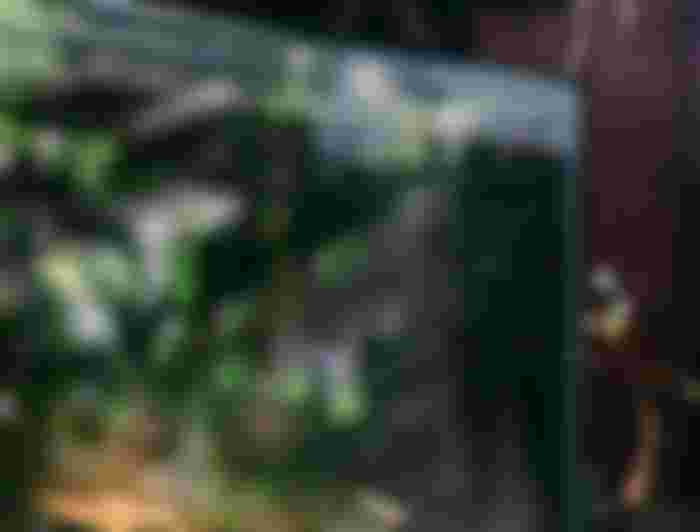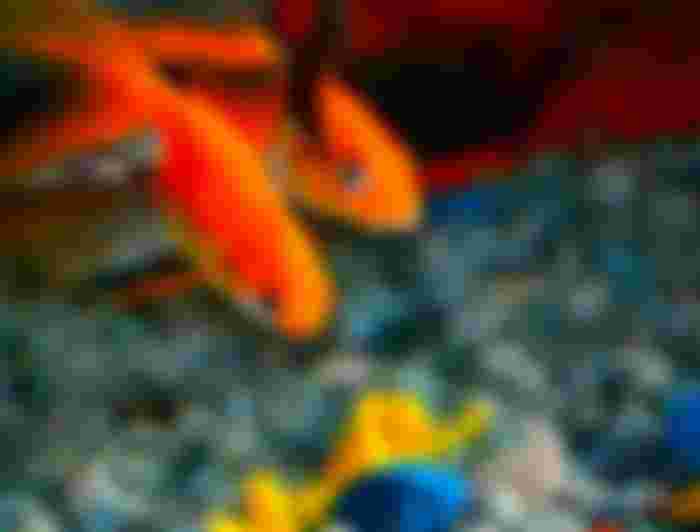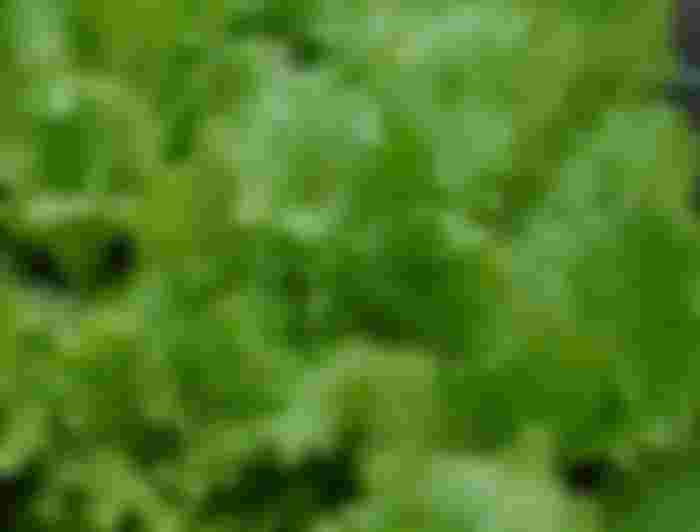Urban Farming Hack
Something I’ve been really looking into lately is urban gardening. There’s something very appealing about being able to grow my own food, especially in light of the rising inflations. While I’m not going to save millions growing some veggies at home, I still feel that in the long run, this will be at least somewhat beneficial. However, like most people, I don’t have a ton of space to dedicate to farming and I’m not about to get a couple dozen acres anytime soon so I’ve starting researching aquaponics and wanted to share a bit with you guys!

In short, aquaponics is a great, space saving way of growing certain vegetables efficiently and sustainably by using fish waste as nutrients for plants and plants to help filter the fishes’ water. In larger-scale versions of this model, both the plants and the fish can be sold as food. However, for most people’s individual setups, there is probably not enough spare fish to eat nor are the fish particularly good to eat.
On the topic of fish selection, the most commonly used edible fish is tilapia due to the ease of care, speed of growth, and adaptability to temperatures. However, I personally used goldfish since they are even easier to take care of and I wasn’t interested in raising fish for food. I have heard of more exotic fishes like Koi be used as well as other edible fish like trout or bass.

You may be wondering about the other half of the equation here: the actual vegetables. Where do they go? Well there are a couple different ways of setting this part up. The way I have it, the plants are in a slightly raised growing bed, using gravel as a growing medium, with a pump that brings water up to them and it drains back into the main tank. The main takeaways are that this allows them to grow without soil and without needing to ever water my plants!
I grew lettuce mainly but tomatoes, peppers, and herbs such as basil and parsley all grow fairly well as well.
There are a bunch of different setups of varying difficulty and complexity but all are without soil (and pesticides) and a lot more water efficient than traditional growing methods (since the same water is circulated through over and over). I
Now before you go running off to start this hack for infinite, organically grown vegetables, I want to share a few warnings. Firstly, while you may save money in the long run, as I’ve found out, it can be rather pricey to set up. Aside from getting fish and plant seeds, you will need get a separate filter, fish tank, fish food, and other parts to actually build the system. Once it’s up and running, things might take a while before it actually goes to plan. But like with anything, be patient, stick with it, and the end results are really rewarding (and delicious!).




Muy bien para combatir el hambre, muy buena información. Gracias totales.